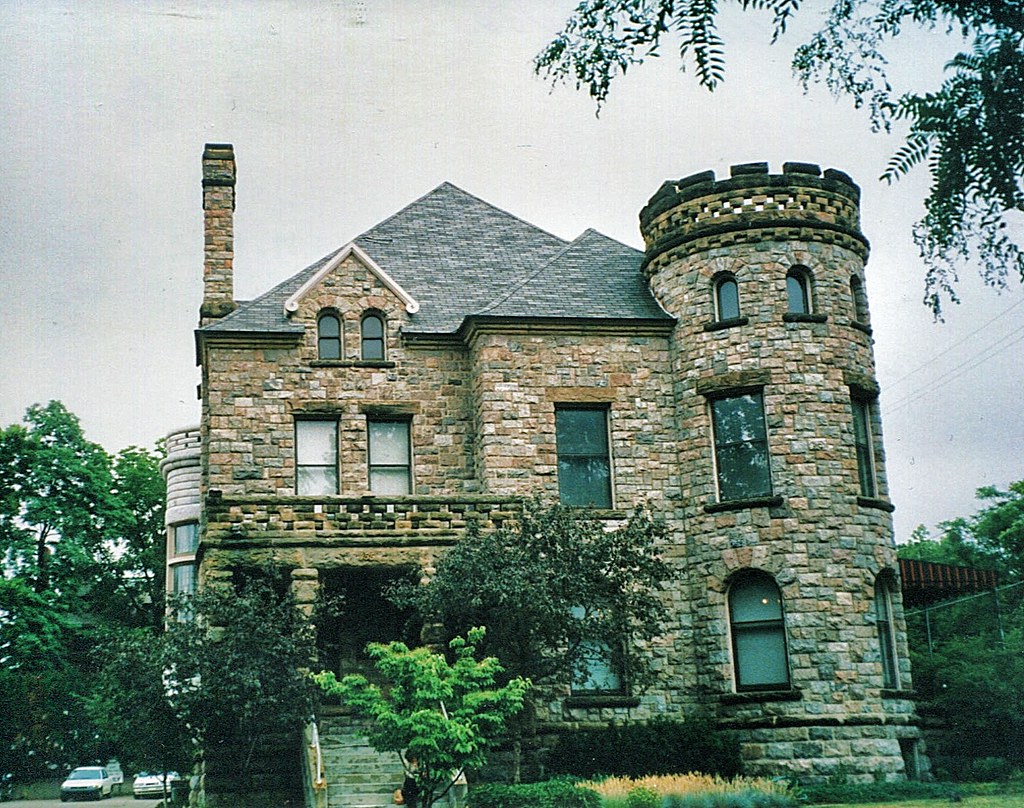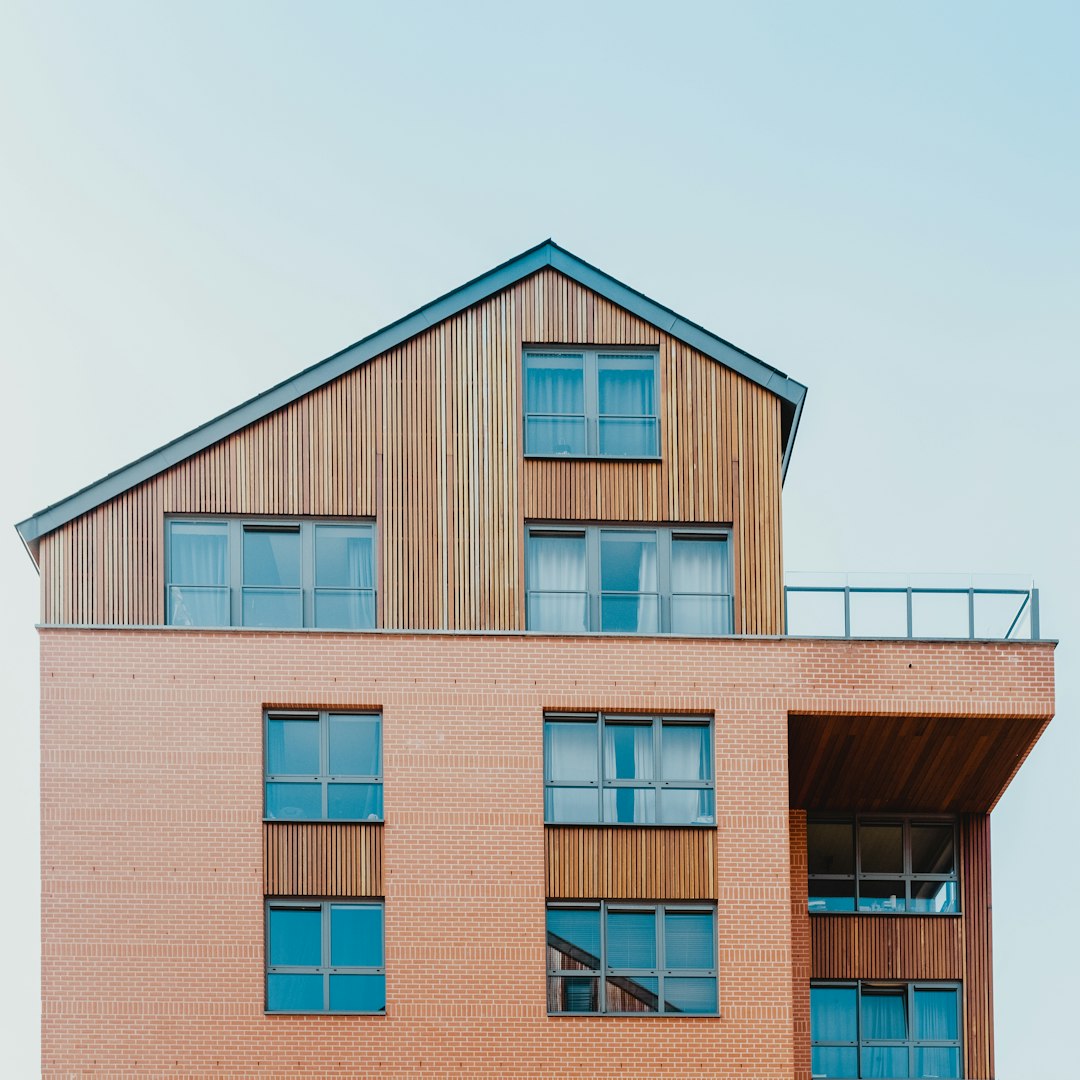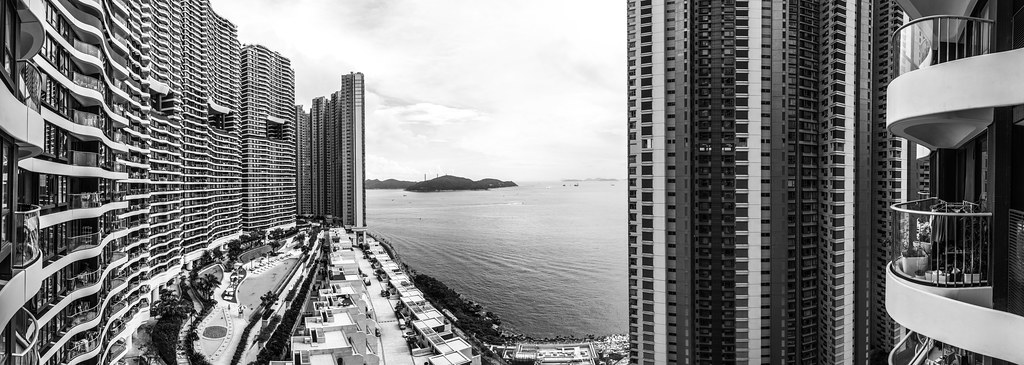Residential architecture firms are the unsung heroes behind the creation of dream homes, blending aesthetics with functionality in every design. But did you know that the choice of an architecture firm can significantly impact not only the final look of your home but also its sustainability and energy efficiency? Discover how the right firm can transform your vision into a reality, making your home a testament to innovative design and environmental stewardship.


In recent years, the movement towards sustainability and eco-friendly designs has gained significant momentum within the architectural and interior design communities. This trend is driven by an increasing awareness of environmental issues and a strong desire to reduce the carbon footprint of buildings. Designers and architects are now prioritizing the use of sustainable materials, energy-efficient systems, and green building practices. These approaches not only contribute to the health of the planet but also offer long-term cost savings and create healthier living environments for occupants. From solar panels and rainwater harvesting systems to the use of reclaimed wood and non-toxic paints, the possibilities for eco-friendly design are expanding, reflecting a broader commitment to sustainability in the built environment.
The concept of smart homes has transitioned from a futuristic vision to a tangible reality, thanks to the rapid advancement of technology. Today, technological integration into home design is not just about convenience; it's about creating more efficient, secure, and comfortable living spaces. Smart homes equipped with IoT (Internet of Things) devices can automate tasks, such as adjusting lighting and temperature, enhancing home security, and managing energy use more effectively. This digital transformation in home design allows residents to control various aspects of their home environment with simple voice commands or through a smartphone app, offering a seamless blend of functionality and innovation. As technology continues to evolve, the integration of smart home features is expected to become even more sophisticated, further revolutionizing how we live and interact with our spaces.
| Trend | Description |
|---|---|
| Embracing Sustainability and Eco-Friendly Designs | Focus on reducing environmental impact through energy-efficient systems, renewable energy sources, and sustainable materials. |
| The Rise of Smart Homes and Technological Integration | Incorporation of advanced technology for home automation, enhancing comfort, security, and energy efficiency. |
| Incorporating Natural Elements and Biophilic Design | Utilization of natural light, plants, and natural materials to create a healthier and more aesthetically pleasing environment. |
| Adapting to Remote Work: Designing for Functionality and Comfort | Creation of dedicated and flexible workspaces within the home to support productivity and well-being in a remote work setting. |

In recent years, there's been a significant shift towards incorporating natural elements within interior design, a concept known as biophilic design. This approach is not just about adding plants or greenery to spaces, but it involves a deeper connection with nature through design. Biophilic design principles are based on the idea that humans have an innate connection to nature and that integrating natural elements into our living or working spaces can improve wellbeing, creativity, and productivity. This can be achieved through the use of natural materials such as wood, stone, and bamboo, maximizing natural light, incorporating living walls, and designing spaces to offer views of the outdoors. The benefits of biophilic design are backed by a growing body of research, suggesting that spaces that connect occupants to nature can lead to reduced stress levels, enhanced mood, and improved overall health. As we continue to face urbanization and spend more time indoors, the importance of integrating nature into our daily environments becomes even more critical.
As we step into 2023, residential architecture firms are embracing and advancing leading trends that continue to shape our living environments. Among these trends, there is a growing appreciation for integrating historical influences with modern design principles, showcasing how past and present can coalesce to create stunning, functional homes. This movement is not new but rather a continuation of practices seen in the works of influential architects like Charles Moore. Moore's iconic designs have long celebrated a deep connection to history, place, and narrative, aspects that remain relevant and inspiring for architects today. By examining Charles Moore's houses, we can uncover a wealth of insights into creating residential spaces that are both innovative and deeply rooted in cultural and historical contexts, perfectly aligning with the leading trends of 2023.
For an in-depth exploration of sustainable building practices and the future of architectural design, including the use of natural materials and the emphasis on health and wellness, visit the National Institute of Building Sciences at nibs.org.
In the wake of a global shift towards remote work, interior design has rapidly evolved to meet the demands of this new lifestyle. Designing for functionality and comfort has become paramount, as homes now double as offices. This trend has led to the creation of versatile living spaces that can seamlessly transition between personal and professional use. Ergonomics plays a crucial role in this transformation, with furniture and layouts being optimized for long hours of work without compromising on comfort or well-being. Moreover, the importance of designated workspaces within the home has been emphasized, incorporating elements like natural light, minimalistic designs, and noise reduction techniques to enhance productivity and focus. As remote work continues to be a significant part of our lives, the integration of functional yet comfortable design elements is essential in creating spaces that support both our professional and personal needs.
Immerse yourself in architecture’s most boundary-pushing ideas—where innovative home improvements meet visionary urban developments. Discover new building techniques, materials, and creative concepts that are redefining how we shape our spaces on a global scale.